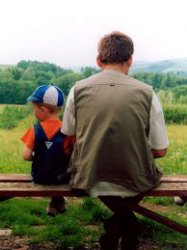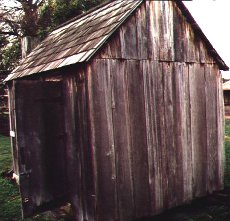 Read Part 1, Part 2.
Read Part 1, Part 2.
Having previously considered some important hermeneutic principles, we return to our discussion of Proverbs 22:15:
Folly or foolishness (Heb., iuelet, feminine singular noun) is being bound (Heb., qasurah, verb passive participle) in the heart (Heb., beleb, preposition and noun) of a child (Heb., nayer, masculine singular noun), a rod (Heb., shebet, masculine singular noun) of discipline (Heb., musar, masculine singular noun) will cause it to be distant or far (Heb., yarechiyqenah, hiphil or causative verb, imperfect, third person singular feminine suffix) from him (Heb., mimenu, preposition with third person singular masculine suffix).
In the previous installment, we focused especially the meaning of the term translated in the NASB as child, the Hebrew nayer. We saw that the term, understood literally, can reference anyone from infants to teenagers (see Ex. 2:6, Judg. 13:24, Gen. 14:24). In this current installment, we address three questions about the remainder of this verse:
- What is a rod? (shebet)
- What is the purpose for using the rod?
- Does this verse indicate when one should stop using the rod?
The rod (shebet) is described here as the instrument of discipline, and seems not identical to the staff (maqel, e.g., see Gen. 32:10), an instrument that aided the shepherd in walking, and served as a weapon and a goad. Nonetheless, the rod was an implement, which if used too intensively, could cause death (Ex. 21:20), and so it was not to be used carelessly. Elsewhere the term is used to describe a scepter, or rod of ruling (Gen. 49:10), an instrument of judgment (Job 9:34), and an instrument of comfort (Ps. 23:4). And of course it is also a word used frequently in the OT as referring to a tribe. Rashi described the rod as both capable and incapable of killing, and noted that the manner of use (location on the body and intensity) was determinative.* Rashi’s implication is that the rod would be applied to different parts of the anatomy for different purposes.
 Read
Read  Republished, with permission, from
Republished, with permission, from 
Discussion